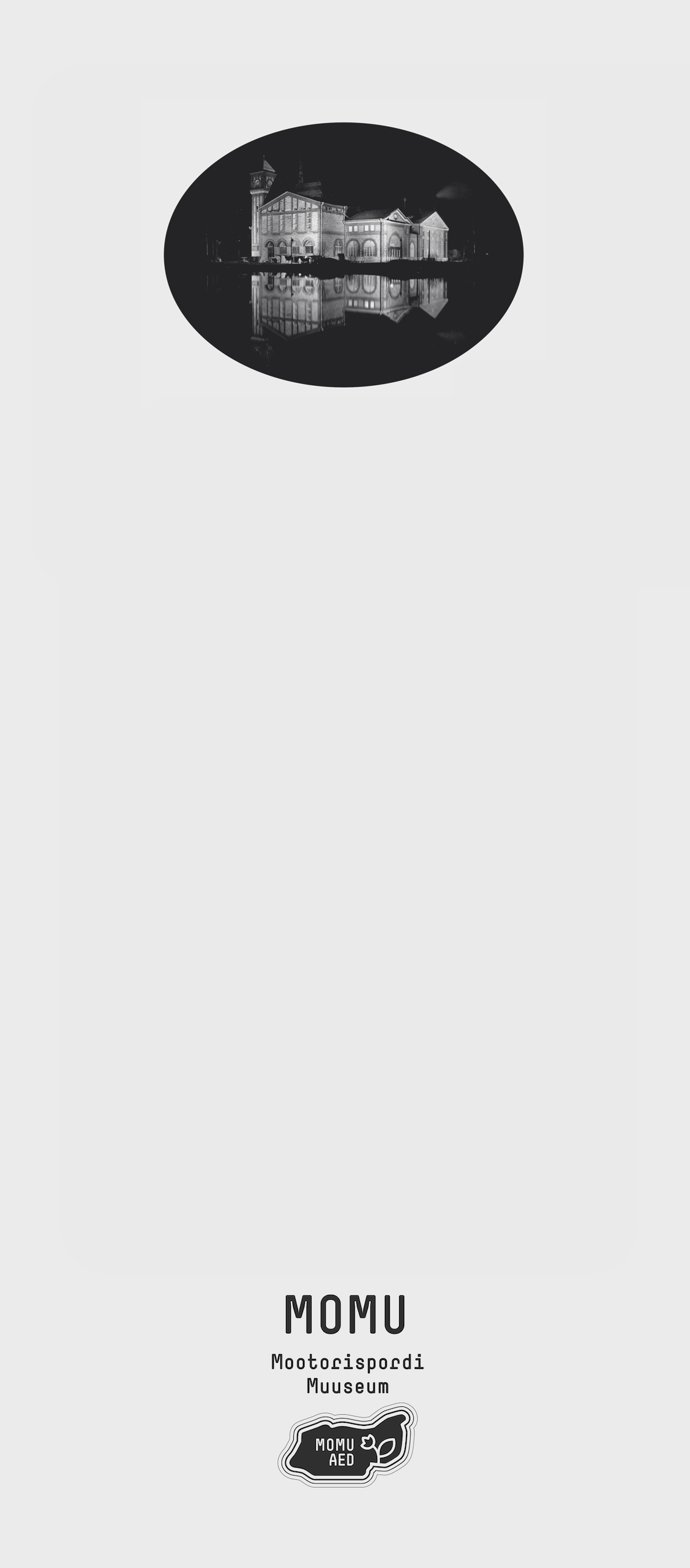A Century of the Ellamaa Power Station

Illustration: Ellamaa power station is reflected in the cooling pond, 1930s. Turba Library
This exhibition provides a brief overview of the architectural and construction history of the Ellamaa power station, introduces the development of the Turba settlement that arose around the plant, and briefly describes how peat was turned into electricity.
The Ellamaa power station in today’s small borough of Turba, which was built and operated by the State Peat Industry, is one of the most distinctive industrial ensembles in all of Estonia. Opened in 1923, the station managed to generate electricity from the peat of the nearby bogs for a little more than four decades.
Ellamaa was the first major power station in Estonia, from which long-distance high-voltage lines were installed, i.e. the 15 kV Haapsalu line in 1923 and the 35 kV Tallinn line in 1924. Initially planned only to be the electricity supplier for the local peat industry, the station made an important contribution to the electrification of Estonia, and thereby, to the development of the entire young republic.
The main building of the Ellamaa power plant is architecturally outstanding. It was designed by the Russian-Polish architect Aleksandr Wladovsky (1876–1950). As an alumnus of the Higher Art School of the Imperial Academy of Arts in St. Petersburg, his creative handwriting was agile and spirited. Wladovsky synthesised classical architecture with more modern trends of the early 20th century, such as Art Nouveau, and a little later, Art Deco. However, modernist architecture did not captivate him. In the architecture of the Ellamaa power station, the spatial heritage of British 19th-century industrial buildings, Tsarist Russian military buildings, and even Italian Renaissance church and bell towers, shines through in Wladovsky’s personal interpretation.
The Ellamaa power plant along with the closely related peat industry had a strong local impact, i.e. the establishment of the industrial complex provided impetus for the creation of the Turba township, and influenced its spatial development for decades. The former office building of the power station, as well as the residences of the management, officials and peat workers, are all still located in the immediate vicinity of the massive power station building. Thus, the atmosphere of a romantic, historical industrial settlement can still be felt in Turba. The wooden buildings and mature greenery, along with the immediate vicinity of the railway station and large limestone and brick power station all create an exciting and unique environment.
***
Curator Carl-Dag Lige
Architect Villem Tomiste
Graphic Designer Margus Tamm
Producer Tiiu Niglas
Translators Juta Ristsoo, Jelena Rybakova
We thank
Karli Saul, Urmas Taal, Ülo Põldma, Toomas Kuus, Kersti Koll, Andrei Pilipenko, Nikolai Dmitriev, Mihkel Kaljuveer, Tauro Pungas, Anu Kerdi, Anna Guzman, Maarja Heinleht, Elen Turi, Raigo Piilberg, Aare Baumer, Anne Lass, Eve Otstavel, Epp Alatalu, Janika Orav, Mart Pitsner, Oliver Orro, Raivo Rebane, Rein Talumaa, Riina Hiiob, Sirje Baumer, Taavi Koppel
In memory of and with gratitude to Ants Tammaru
Hooandja
Reno Toodo, Mari-Liis Sillat, Innar Lilleorg, Elen Turi, Eha Niglas, Jaan Lajal, Mariliis Kundla, Kuldar Sikk, Dagmar Raudam, Kristjan Sooper, Toomas Triisa, Merle Niglas, Tamo Toodo, Merike Sillat, Kady Metsis, Ain-Gustav Bartels, Maire Rosenberg, Ando Burm, Maarja Randväli, Tõus Joandi, Tiina Kartau, Elle Kaarma, Ivar Vaaderpass, Kaido Katalsepp, Turba kodutütred ja noored kotkad, Mart Missik, Tiit Tippel, Eero Ok, Merli Maidla, Marek Kiisa, Tarvo Sillat, Taavi Piiroja, Ülle Daut, Epp Alatalu, Piret Põldsaar, Ago Niglas, Tanel Jairus, Kristiina Maser, Mariane Barrier, Aleksander Ots, Urmas Roosimaa, Kadri Luga, Aivar Soosaar
Supporters
Evely Ustav Disain, Ehtemaja OÜ, Saue vald